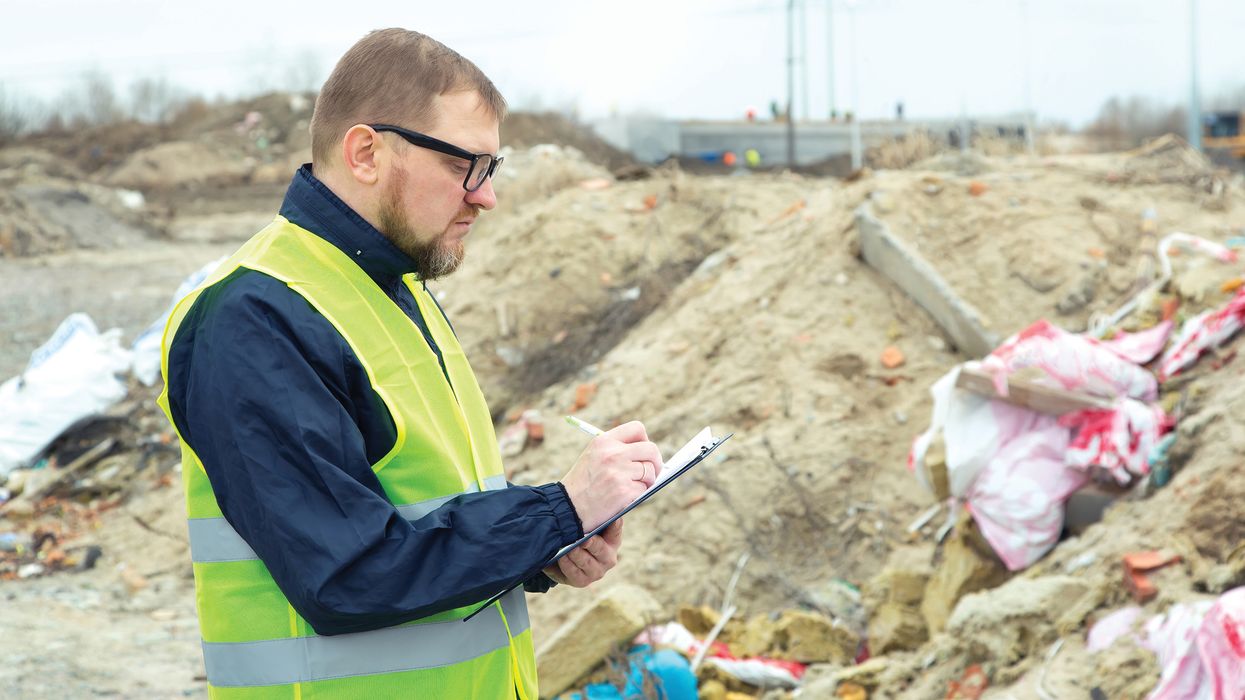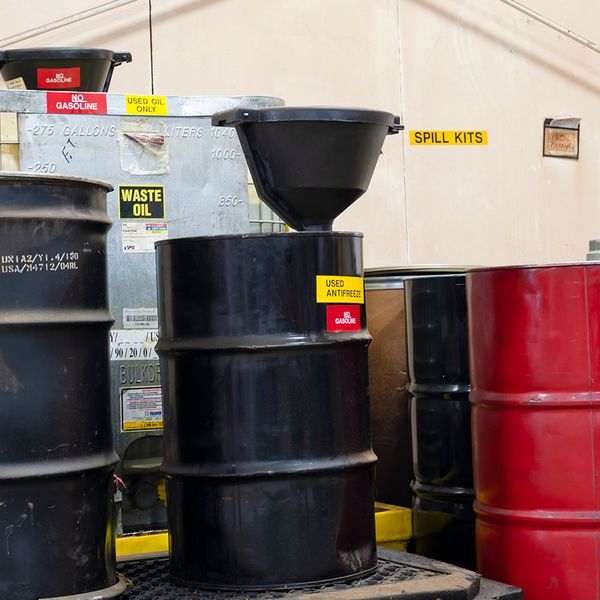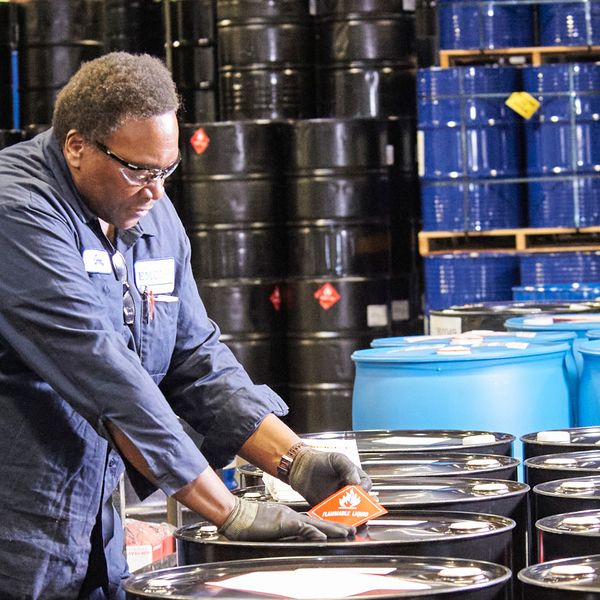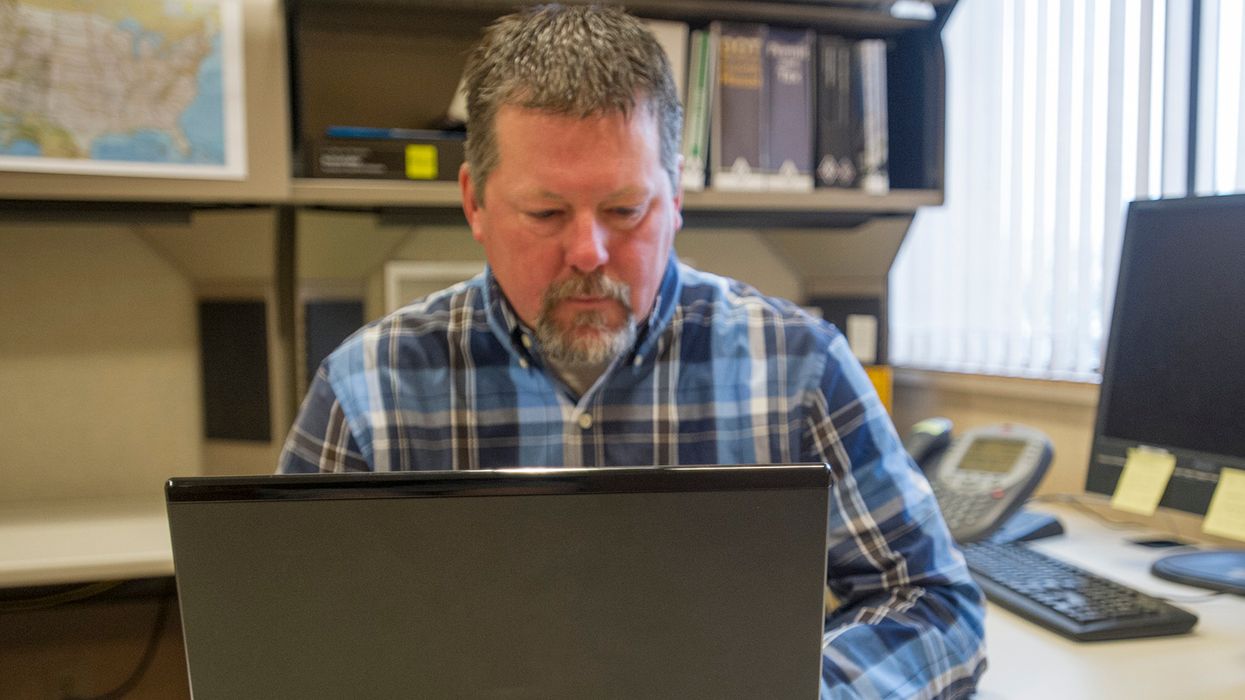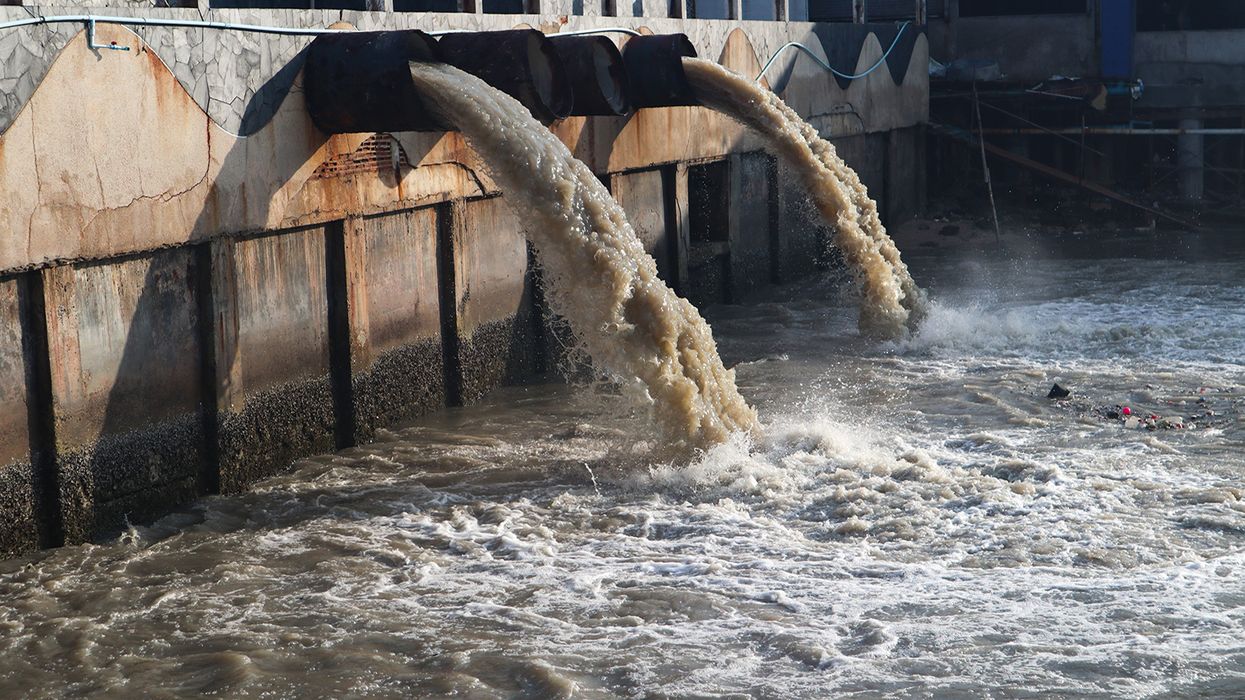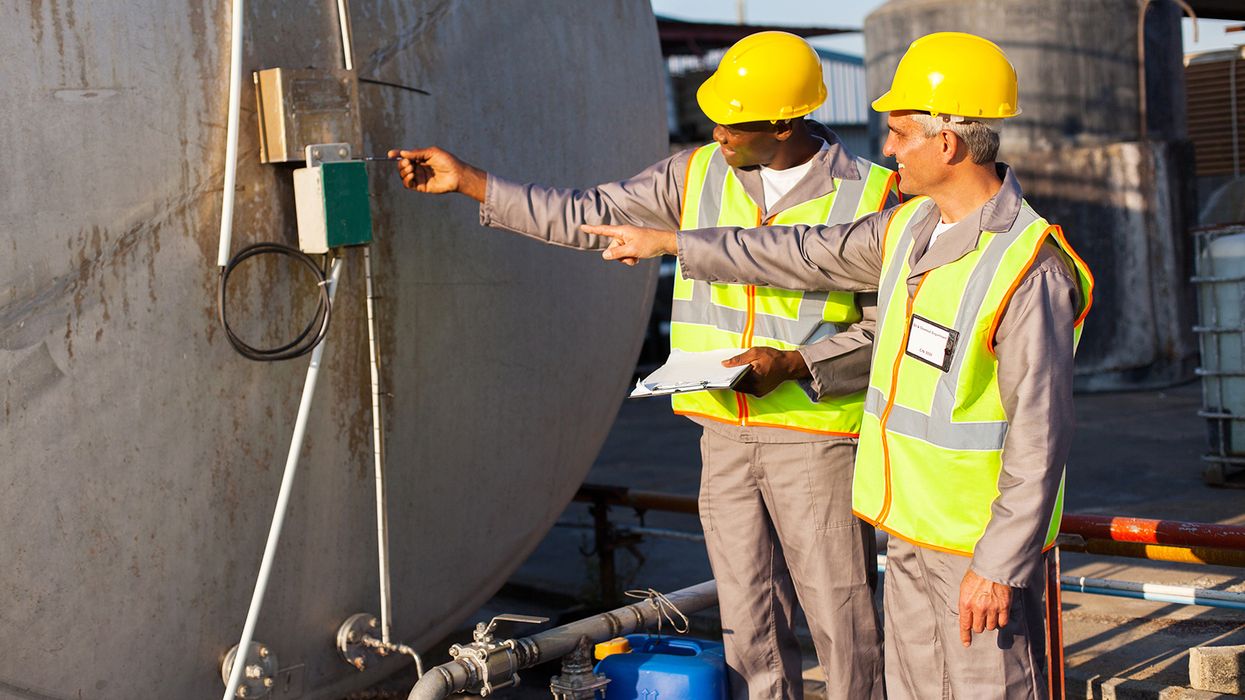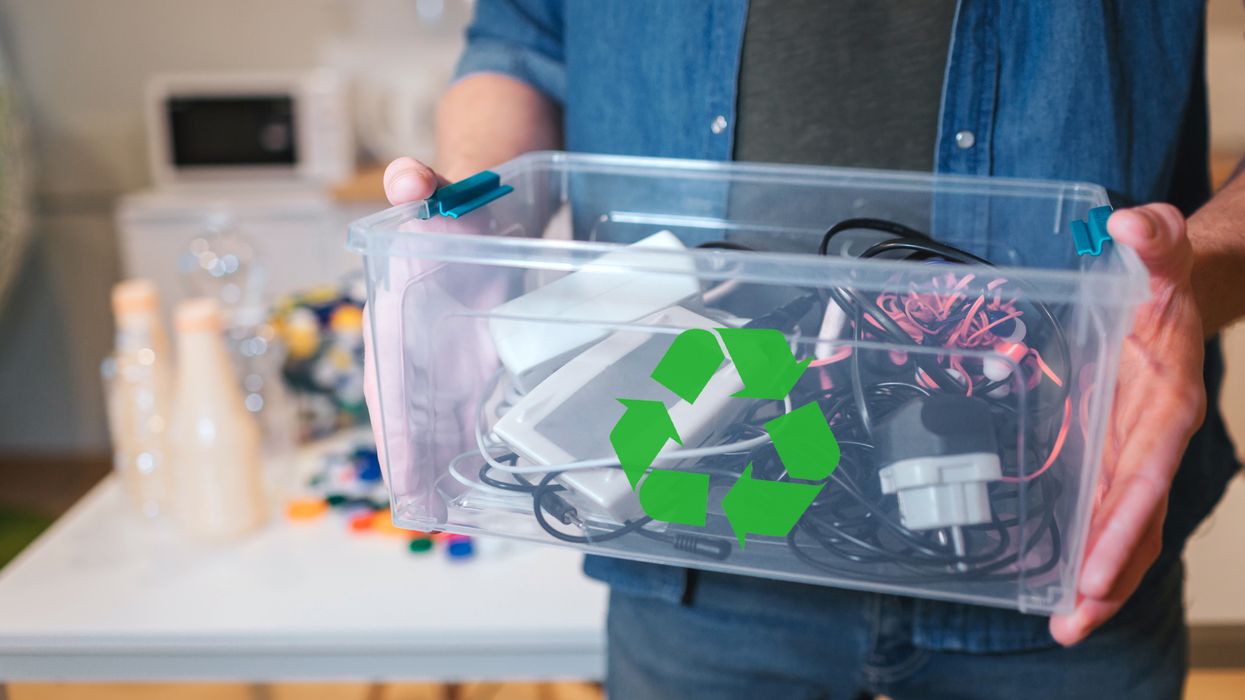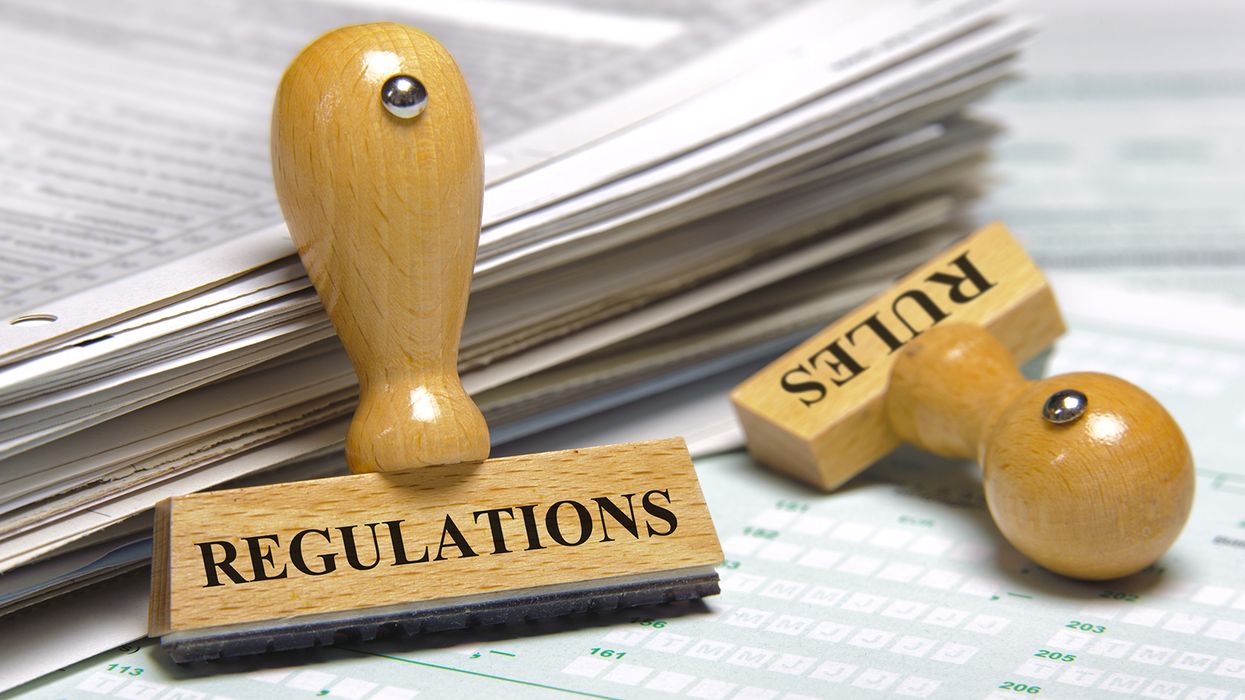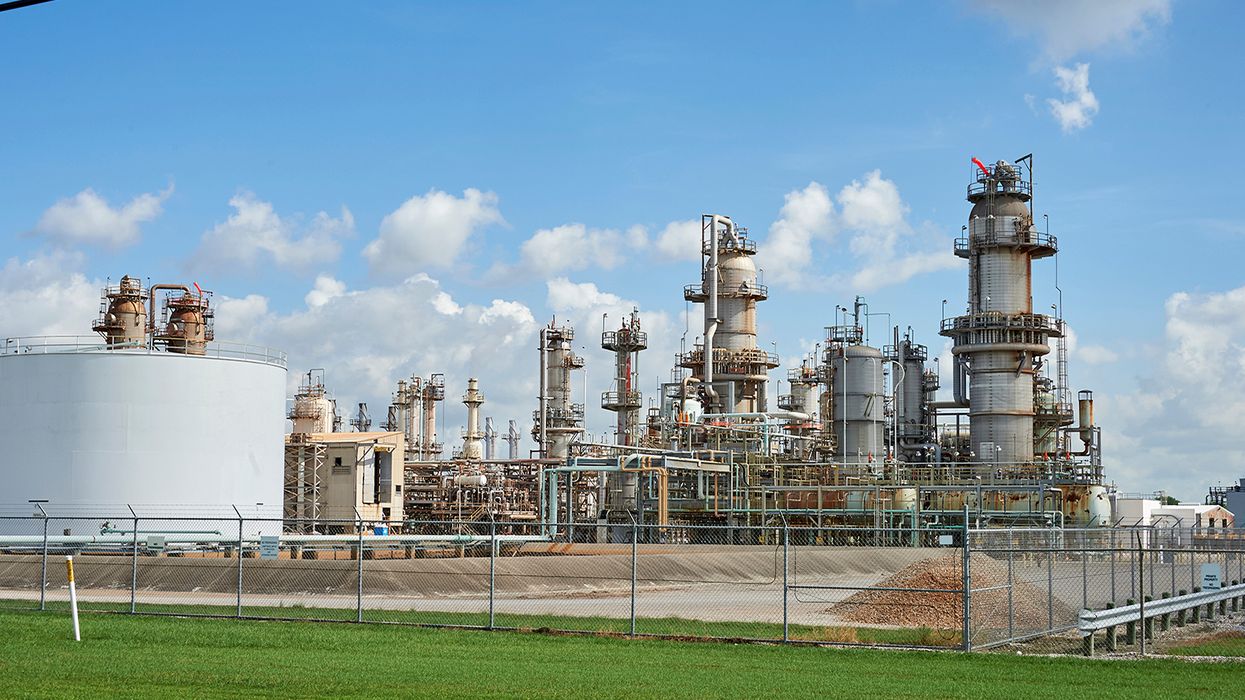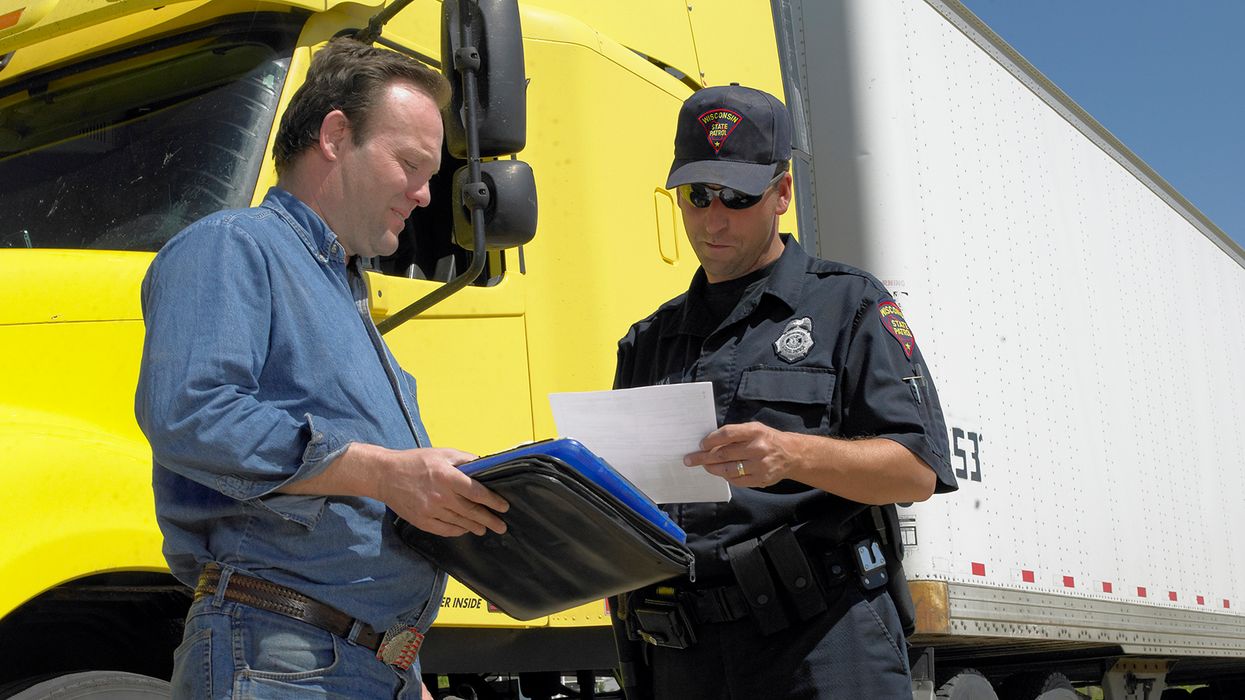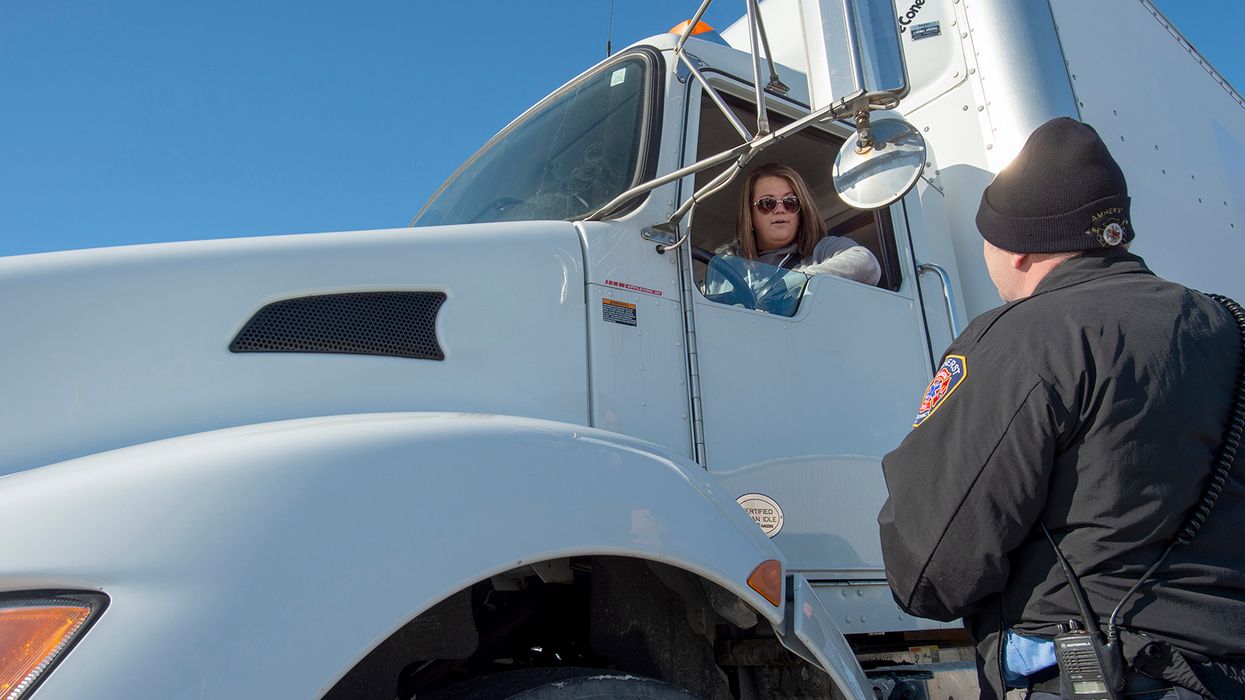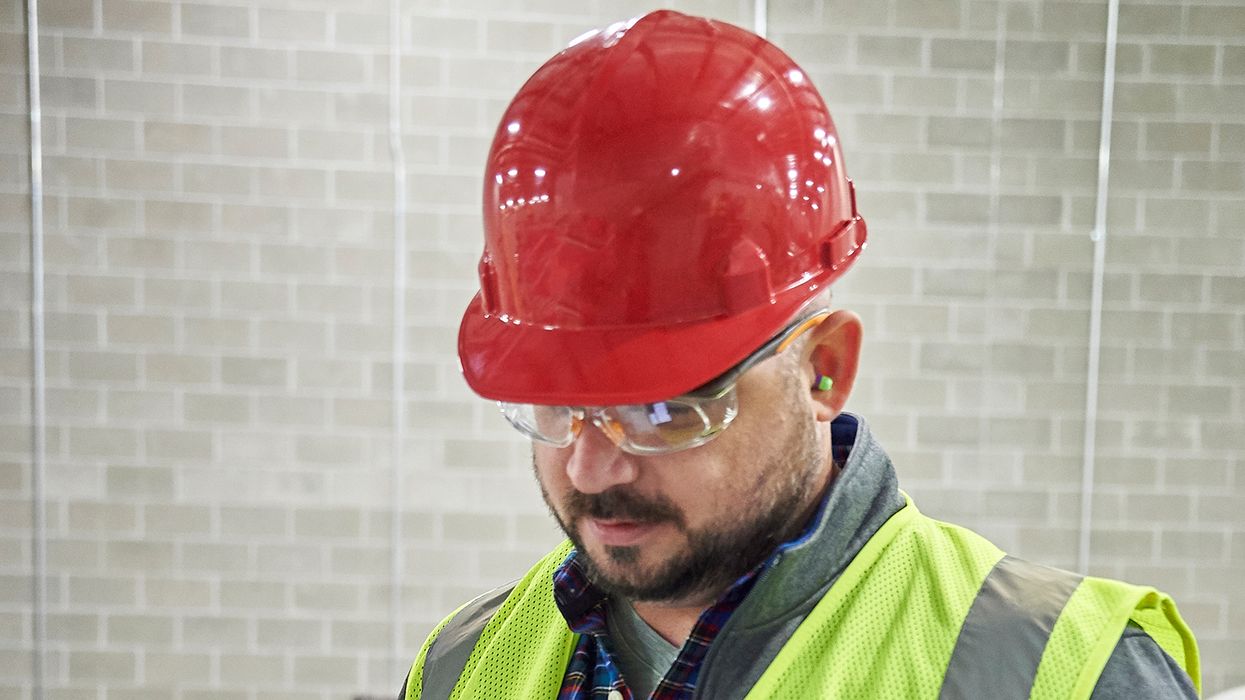Adapting to the impacts of climate change on waste management
As climate change is expected to produce more frequent and powerful natural disasters the amount of disaster-related waste will also increase. In response to more severe natural disasters businesses must now prepare to handle not only larger quantities but also a wider variety of related waste over a potentially larger area of impact. Businesses must now be prepared to handle impacts in more than one jurisdiction. A company must also now consider if there will be increased greenhouse gas (GHG) emissions from these increased waste management activities. Typically, a business will have to consider emissions related to the transportation, treatment, and disposal of large amounts of waste.
With proper planning, a business can prepare to meet these challenges. Here are a few basic steps to help jumpstart your planning process:
Inventory all potential sources of disaster-related waste on site. Ensure that your staff is trained to respond and handle the various waste streams that might occur in a disaster event. These might include waste streams not commonly handled as a part of daily operations.
Identify ways to expedite the removal of disaster-related waste during a disaster response. Consider strategies that increase the likelihood that the waste can be separated into appropriate waste streams instead of massive piles of co-mingled waste. Planning to separate waste at the start of the disaster response increases the likelihood of proper disposal and reduces risk to life and property.
Evaluate the facility’s waste and recycling program to ensure there is the capacity to handle disaster-related waste. This might involve familiarizing yourself with the reuse and recycling opportunities available in your location as well as across jurisdictions.
Find opportunities for source reduction and hazard mitigation before a disaster occurs. Consider decreasing the amount of waste that may be generated from both infrastructure and within operational processes. Eliminate the generation of problematic wastes such as PCB-containing materials whenever possible. Consider infrastructure improvement such as raising minimum floor/foundation elevations in low-lying areas or updating building code requirements so that more resilient building materials are used. These practices will increase a building’s capacity to absorb the impacts of more severe natural disasters.
Start discussions with waste management facilities and your waste disposal contractor. Ensure their acceptance of the potential disaster-related waste you may have on-site.
Key to remember: Businesses must adapt in response to more frequent and severe climate-related natural disasters. Facilities must be prepared to expedite the removal of waste during and after an incident. The proper response for waste removal will reduce the risk of fire, personal injury and even decrease disease vectors.

